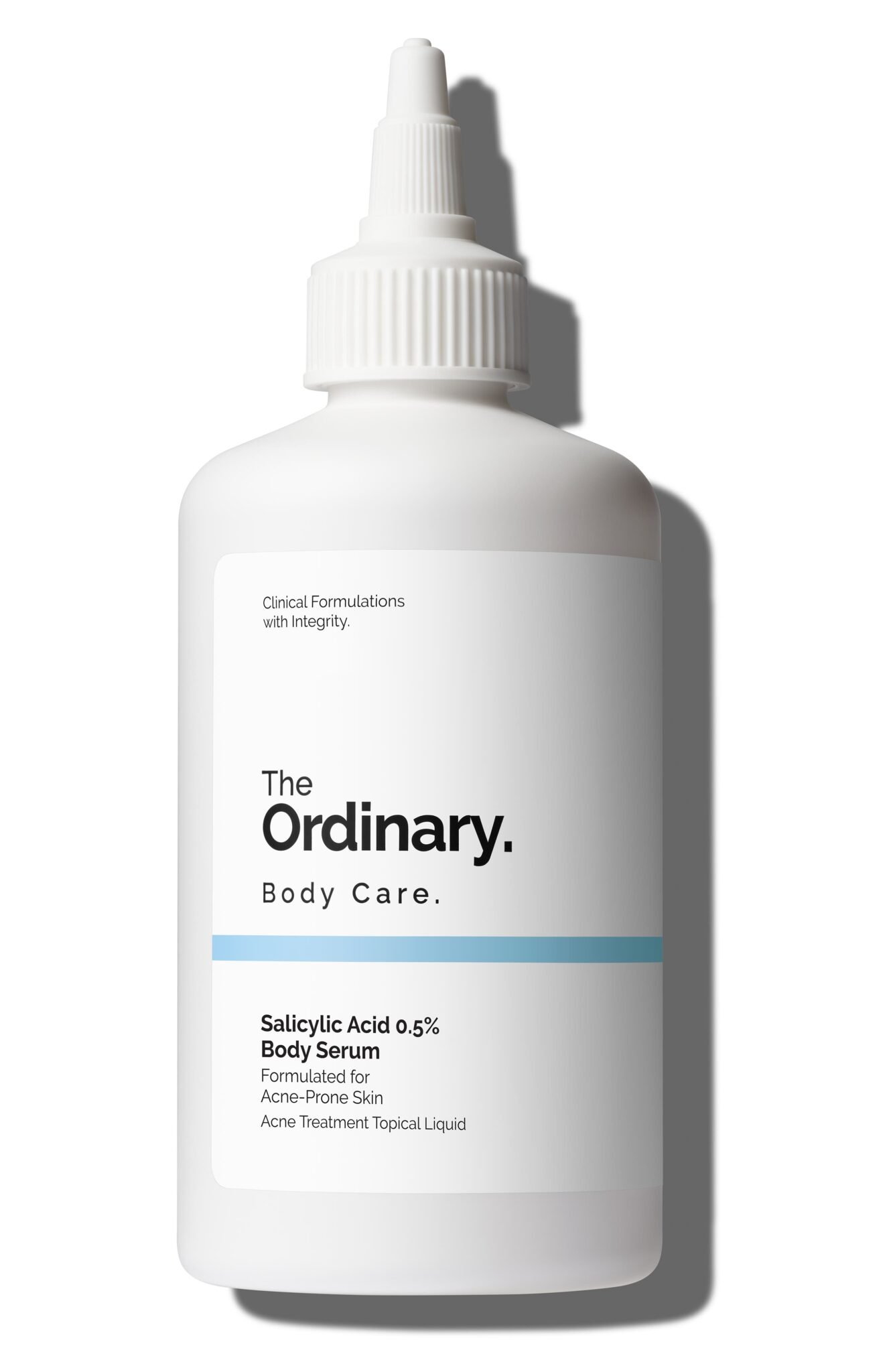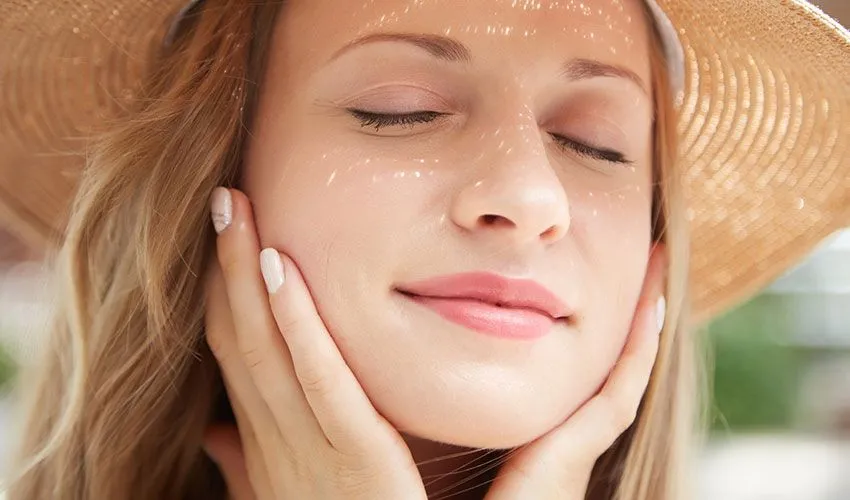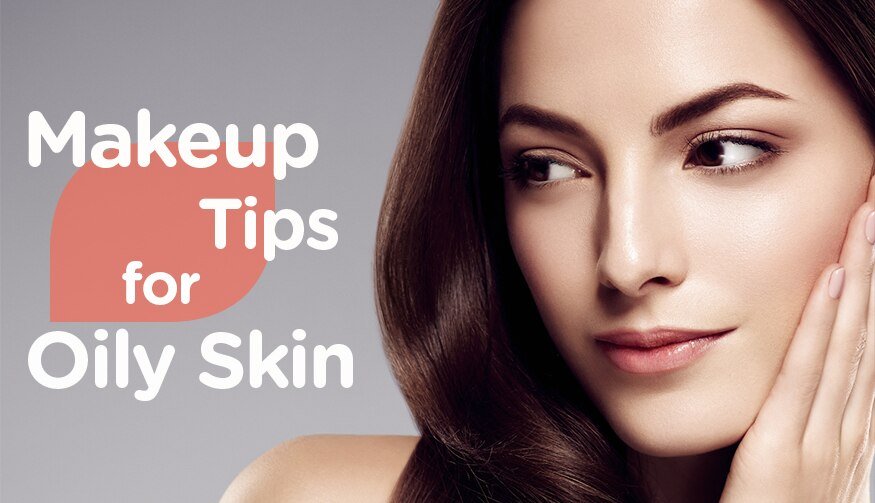A Cool New Way to Care for Skin

Beauty doesn’t necessarily equal pain—sometimes it only equals cold. Typically, cold weather leads to dry lips and sneezing; however, when applied with intention, it can also enhance your skin. Historically, traditional, old-school beauty routines have long harnessed the power of cold for soothing and invigorating the skin Freezing My Face to Fight Acne.
Today, cryotherapy, or skin icing, brings that ancient idea into modern routines. In fact, from influencers to professionals, celebrities and dermatologists alike are raving about this method that uses nothing more than ice and a few minutes a day to transform your skin. As a result, many are embracing the trend of freezing my face to fight acne, a practice that’s gaining momentum for its simplicity and noticeable results.
Table of Contents
- What Is Skin Icing?
- How Cryotherapy Works on Skin
- Advantages of Skin Icing
- My Experience With Cryotherapy
- How to Use Ice on Your Face Safely
- Important Warnings & Tips
What Is Skin Icing?
Specifically, skin icing involves carefully applying ice or cold tools to your face. This method helps reduce redness, tighten pores, and boost circulation. Because of these benefits, many have started freezing my face to fight acne as part of their daily skincare routine. Moreover, people around the world have practiced similar techniques for centuries, and today’s skincare routines continue to embrace this timeless trick.
Numerous beauty enthusiasts use ice therapy to:
- Reduce redness in inflamed skin
- Increase brightness
- Make serums and moisturizers more easily absorbed
You can do it at home with easy equipment or have spa treatments that bring it to the next level.
How Cryotherapy Works for Skin
Cryotherapy does this by quickly constricting your blood vessels. This drives down puffiness and redness and stimulates new blood flow when your skin warms up again. The outcome? Tighter, brighter, and healthier-looking skin.
Skin also feels tighter, and products glide on more smoothly right after icing. You’ll notice that your skin absorbs creams and serums more easily, helping them work more effectively.
Benefits of Skin Icing

Here’s a quick breakdown of what skin icing can do for your complexion:
Benefit Effect
Reduces Acne & Pimples Soothes inflammation, calms redness, and shrinks pimples.
Controls Oil Production Balances sebum, reduces shine, and prevents clogged pores.
Shrinks Pores
- Tightens Skin and Reduces Pores’ Appearance
Firstly, it helps firm the skin and visibly shrink pores. - Reduces Puffy Eyes & Dark Circles
Secondly, it relieves swelling and lightens the under-eye region. - Anti-Aging Support
Additionally, it encourages circulation and boosts collagen for more elastic skin. - Increases Product Absorption
Finally, it preps the skin to absorb serums and moisturizers more effectively.
My Experience With Cryotherapy
Having read about the advantages, I took a muslin cloth and some ice cubes to experiment with it.
Day 1:
I experienced an immediate cooling sensation. My eyes appeared less puffy, and active breakouts weren’t as red.
Day 3:
My oily T-zone remained matte for much longer during the day. Foundation application was smoother than normal.
Day 7:
Fewer breakouts appeared, and my skin generally appeared brighter. My pores appeared tighter, and the redness had diminished. I didn’t feel any irritation or dryness throughout the week.
How to Use Ice on Your Face Safely
Do the following to add cryotherapy to your regimen:
-
Begin with a clean face to ensure that dirt, oil, and makeup do not interfere with the icing process.
-
Wrap an ice cube in a soft, clean piece of cloth to avoid direct contact with your skin, which can cause irritation.
-
Pass the wrapped ice cube lightly across your face in gentle, circular motions to stimulate blood flow and tighten the skin.
-
Focus on red or oily areas, but do so for no longer than one minute to prevent overexposure.
-
Follow the icing process with your regular skincare steps—apply your toner, then your serum, and finish with your moisturizer to lock in hydration and soothe the skin.
Experiment with herbal infusions such as green tea, cucumber, or rosewater for extra benefits for the skin.
Tips & Warnings
Stay safe with these easy precautions:
- Don’t apply ice to bare skin.
- Don’t ice if you have rosacea or broken capillaries.
- Apply the method 2–3 times a week, not every day.
- Don’t follow up ice with hot compresses or steam.
- If you experience numbness, burning, or irritation, stop immediately and consult a dermatologist.
Frequently Asked Questions (FAQs)
Q1: Can ice alone cure acne?
Not quite. Ice will reduce swelling and inflammation, but you must still have a proper skincare routine in order to treat acne from the source.
Q2: How many times can I ice my face a week?
Two to three times is sufficient. Every day icing may be irritating for sensitive skin.
Q3: Can I use herbal ice or flavored ice?
Yes! Freeze green tea, rosewater, or cucumber juice for added skin benefits.
Q4: Will it treat eye bags and dark circles?
Yes. Cold compresses minimize puffiness and can lighten dark circles in the long term.
Q5: Is cryotherapy safe for all skin types?
It can be used by most people safely, but sensitive or reactive skin types must test carefully and seek consultation with a dermatologist.





